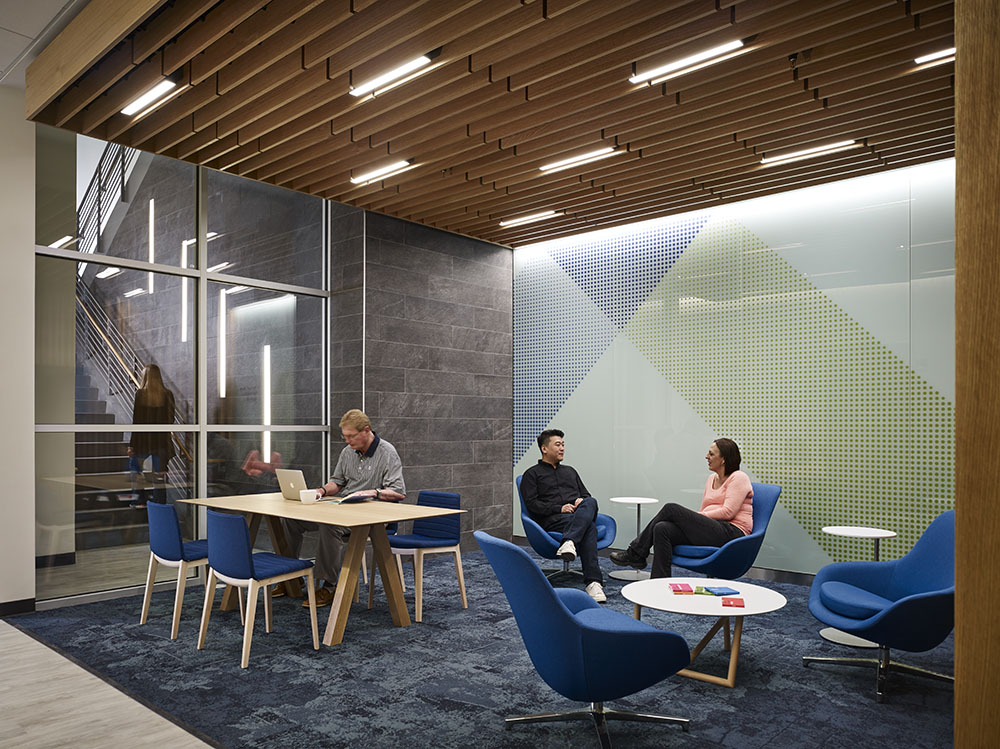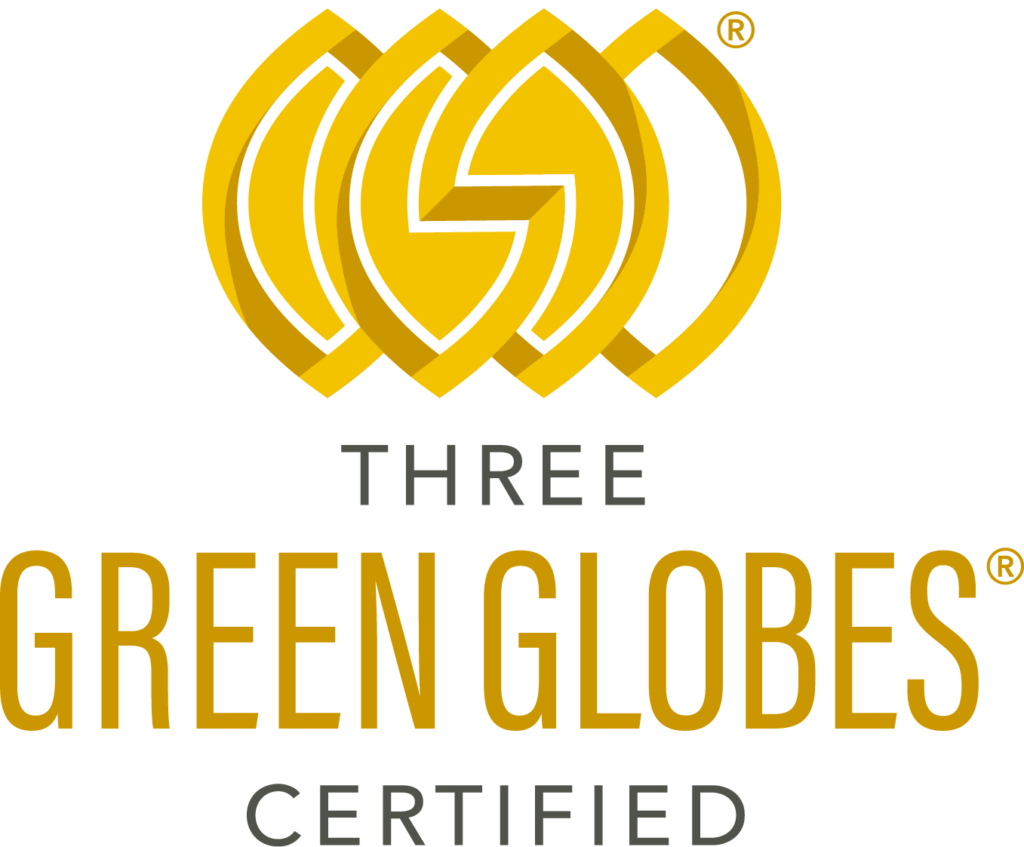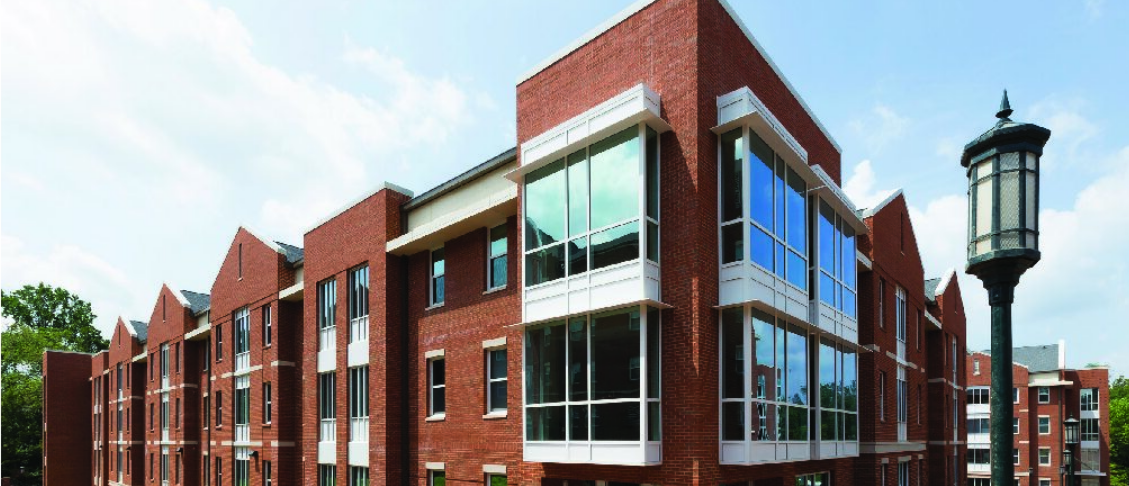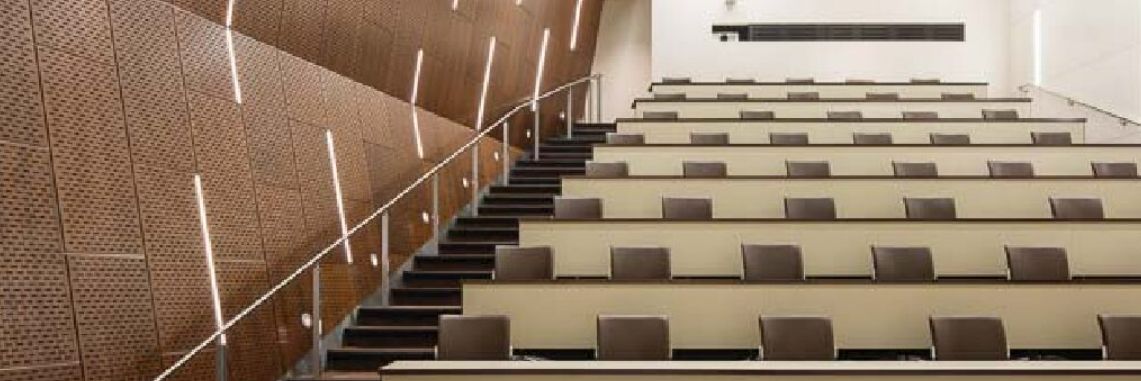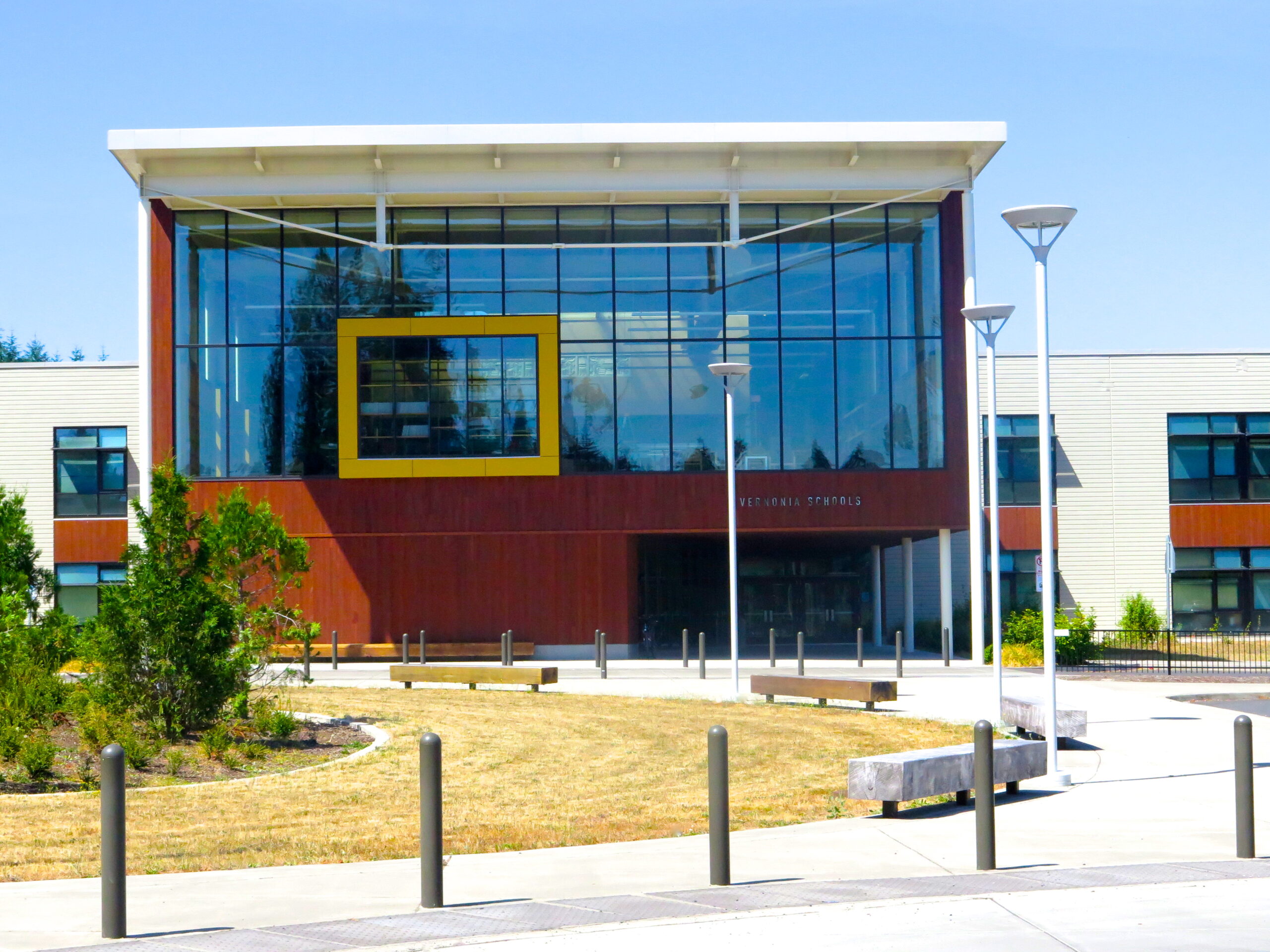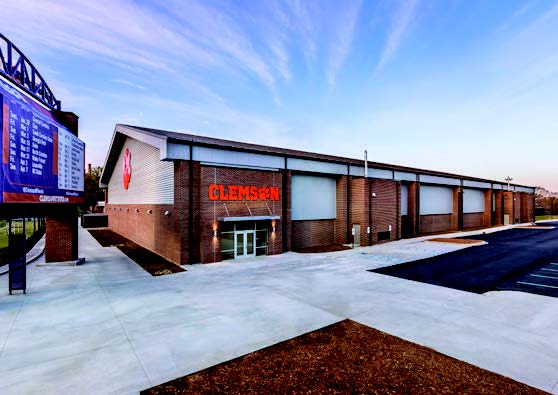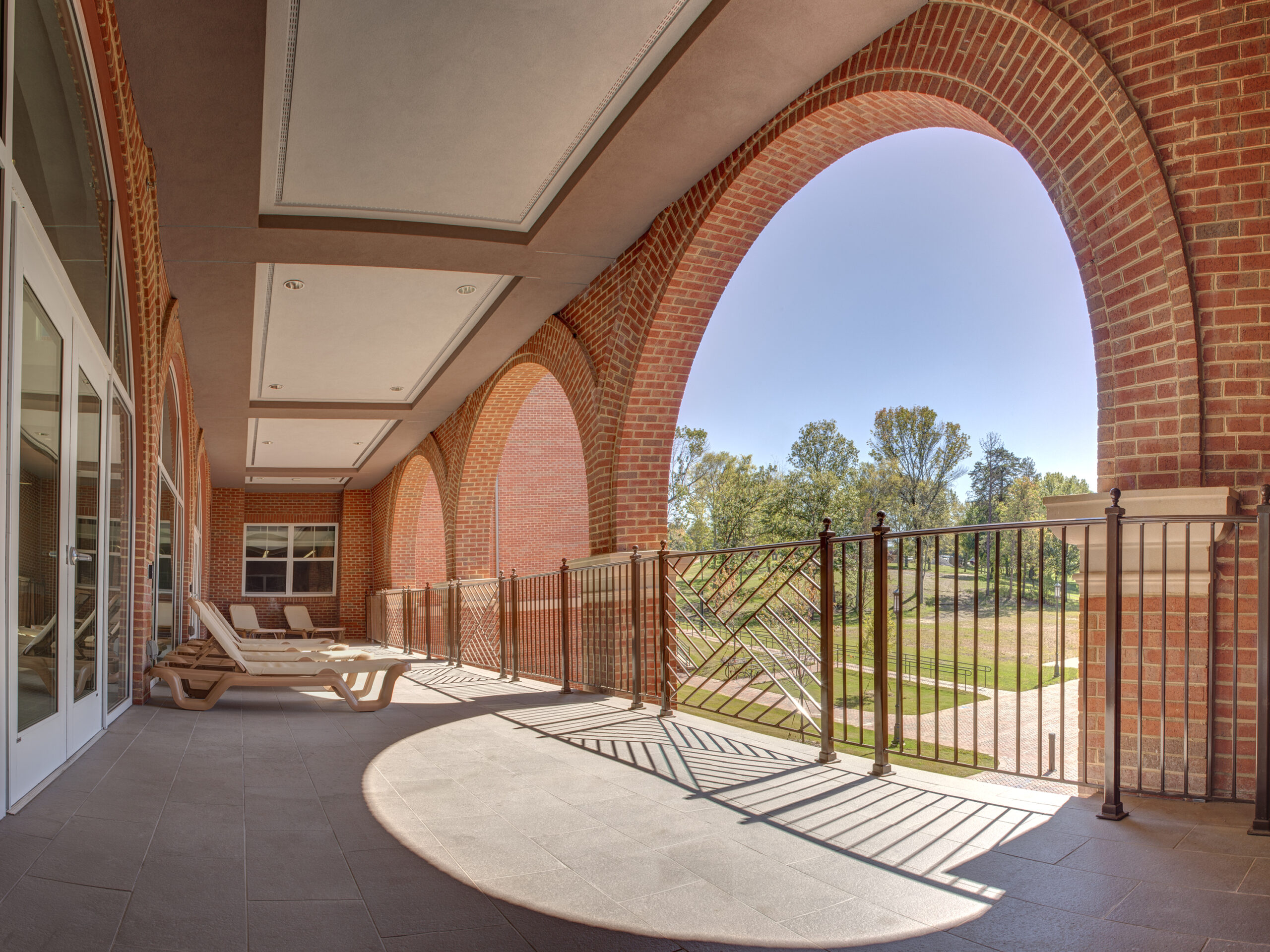“Green Globes certification encourages you to consider all aspects of the project,” says Arthur Stables, Associate at BWS Architects, who led the research laboratory’s Green Globes process. “It’s a more integrated certification system.”
The building’s design fosters creativity through common areas and informal open spaces that bring together students and researchers. In addition, the team incorporated energy- and resource-efficient measures into a laboratory facility, which is typically a water-intensive space.
“Some of the lab processes were engineered to minimize water use and the sterilizers were larger than usual to sanitize more items at one time,” Stables explains. “With floor-to-ceiling windows and no enclosed spaces, light can penetrate all the way through the width of the building to offer everyone daylight and views.”
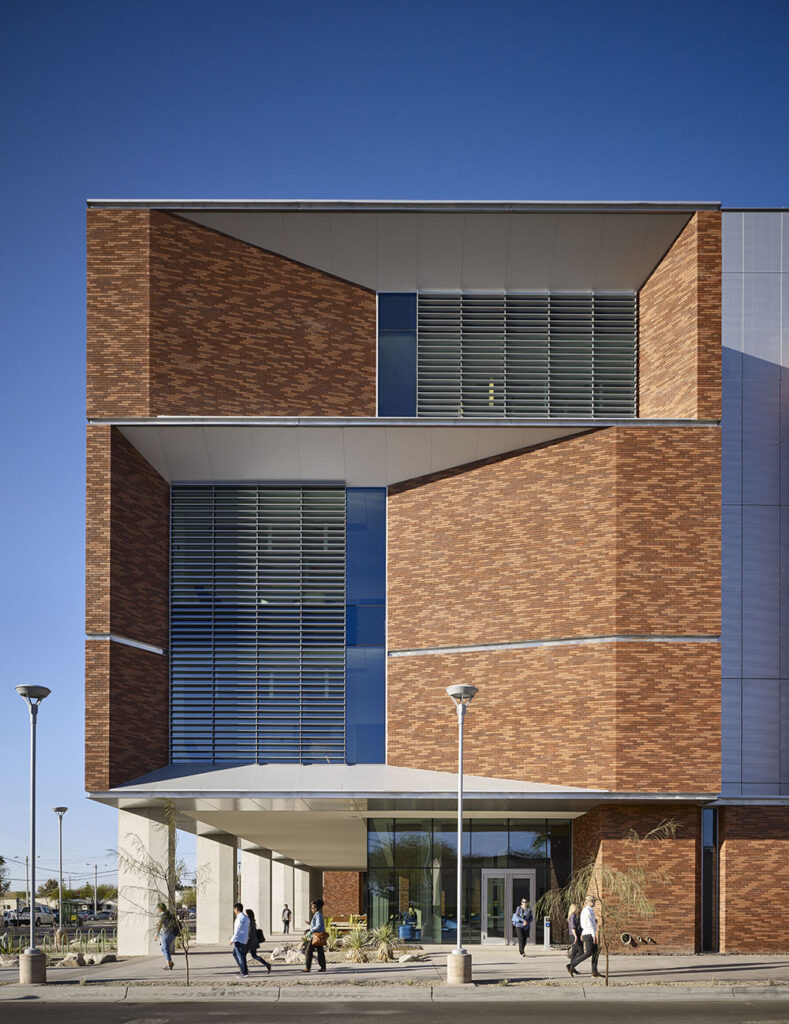
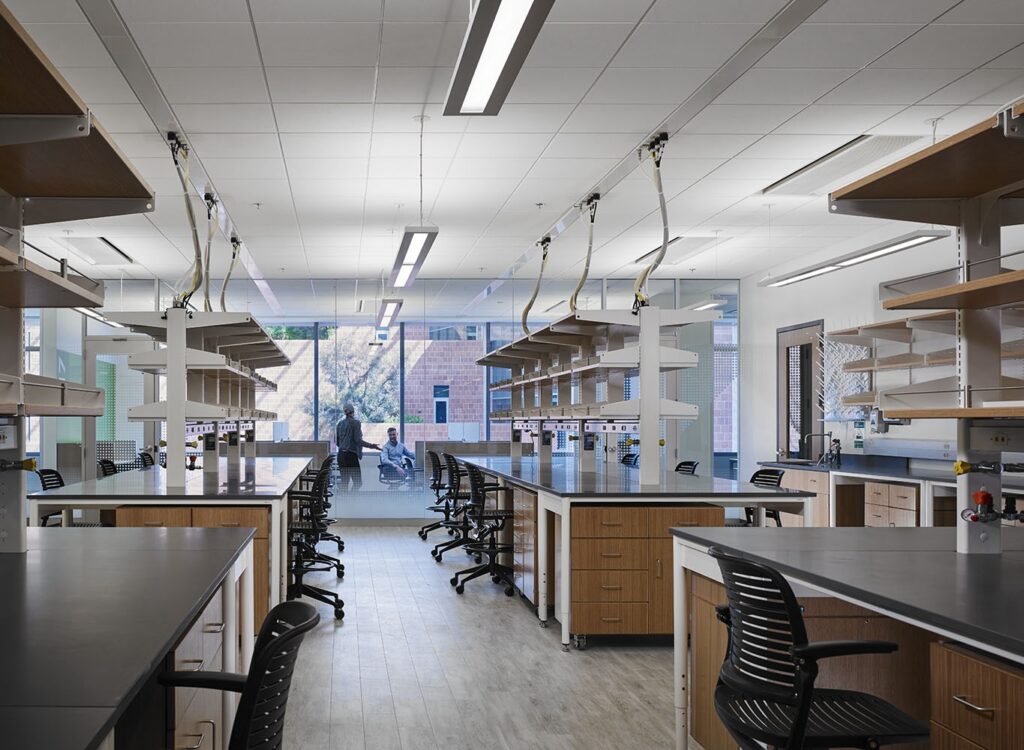
In addition, the facility met other Green Globes sustainable criteria:
- A super-insulated building envelope includes high-performance glazing and sophisticated shading devices to prevent thermal gain.
- Daylight monitors control LED lighting so artificial lights are rarely needed.
- Xeriscape plantings lower the need for site irrigation, which is provided from the City of Tucson’s reclaimed water system, and the site’s permeable pavement reduces stormwater runoff.
- Chilled beams, heat-recovery, and demand-controlled ventilation with smart system controls conserve energy.
- Durable materials position the building for a 100-year lifespan.
Rewarding Experiment
The university’s campus buildings must comply with the State of Arizona’s requirement to achieve a certain level of green certification. As the University of Arizona began that process for this building, it was interested to see how the Green Globes rating system stacked up and asked Stables to run a comparison. Although Stables had been at the forefront of implementing other environmental certification systems, the bioscience research laboratory was his first experience with Green Globes.
“Green Globes was much less onerous in terms of documentation, less expensive and less time-consuming,” Stables notes. “And rather than taking a prescriptive path, Green Globes was clearly more performance-oriented.”
Stables began by sorting items from Green Globes online questionnaire into categories relevant to each of the team’s interdisciplinary consultants. This management technique divided the workload.
For the project’s onsite walkthrough, Stables spent a full day interacting with the Green Globes Assessor. “Meeting with our Assessor was useful because he had identified holes and gaps in the documentation and had ideas on what could be improved,” recalls Stables. “During our walkthrough, we highlighted the building’s systems and functions. Afterward, we sent him the additional requested documentation and the project got points for those.”
With his first Green Globes project complete, Stables says he’s pleased with the product and sees broader market opportunities. “I liked Green Globes a lot,” he says. “It felt more holistic, and the flexibility of Green Globes allows more projects to be included in the sustainability process.”
